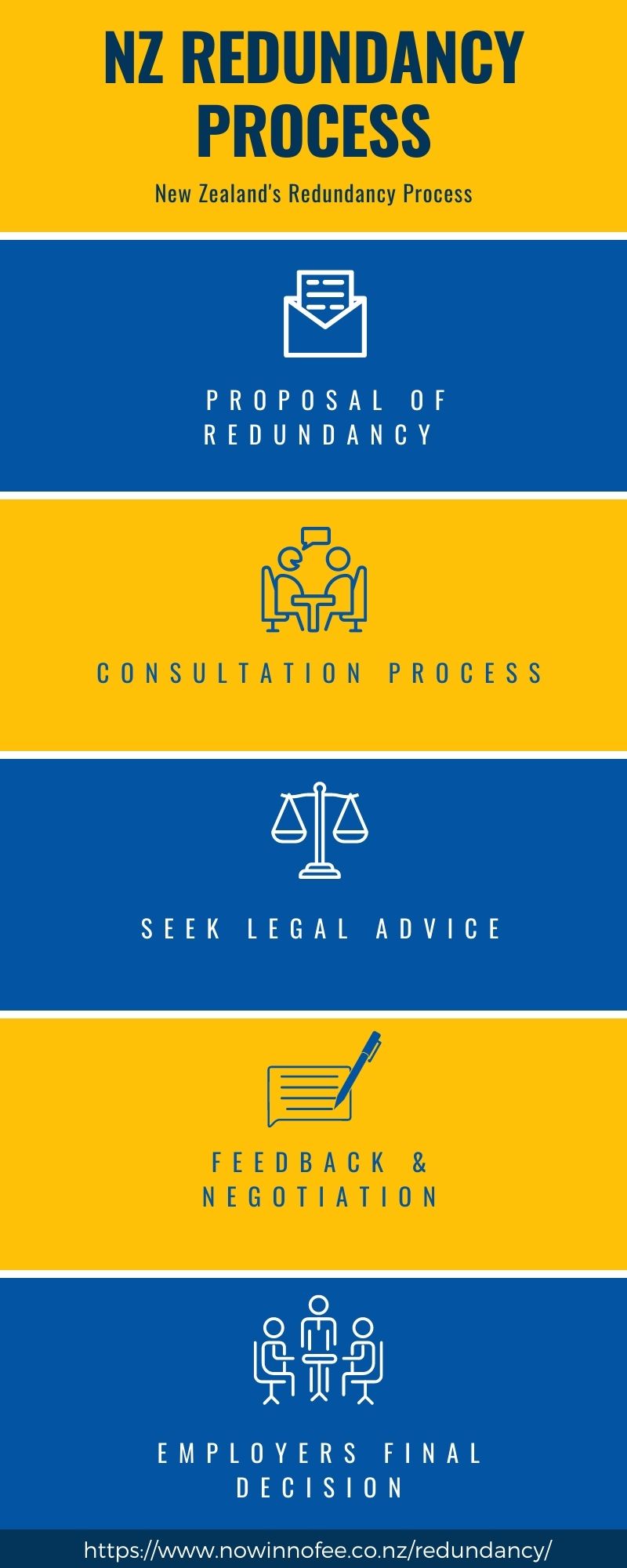If a Company Goes Bust Who Pays Redundancy? Legal Insights for UK Worker
If a Company Goes Bust Who Pays Redundancy? Legal Insights for UK Worker
Blog Article
Checking Out the Interplay In Between Company Redundancy and Business Versatility for Future Development
In the dynamic landscape these days's service world, the elaborate partnership in between business redundancy and business flexibility becomes a crucial element for sustained growth and success. Business usually deal with the challenge of striking a fragile equilibrium between maintaining a degree of redundancy to alleviate dangers and promoting flexibility to react swiftly to the ever-evolving market needs. This fragile interaction holds the key to not only surviving in turbulent times but likewise thriving despite uncertainty. As we explore the complex measurements of this interaction, appealing understandings into just how companies browse these complexities to pave the way for future development await.
Value of Business Redundancy
Business redundancy is a critical component that boosts business strength and minimizes operational risks. By incorporating redundancy steps within the organizational framework, companies can much better hold up against unforeseen disturbances and variations in the service setting. Redundancy works as a strategic buffer, permitting firms to adjust and react effectively to unforeseen difficulties without compromising important procedures.
One trick facet of the importance of business redundancy is its role in guaranteeing connection throughout times of dilemma. When confronted with sudden adjustments or emergency situations, redundant systems, resources, or employees can action in to maintain crucial features and stop extensive disruptions. This connection not only safeguards the firm's track record and client trust yet also decreases monetary losses and functional downtime.

Strategies for Organizational Adaptability

Creating versatile business structures that allow for quick changes to market characteristics and client needs is essential for remaining affordable in a quickly developing environment. By proactively recognizing prospective interruptions and opportunities, companies can proactively grow and adjust in an ever-changing company landscape.
Harmonizing Redundancy and Versatility
Achieving an unified balance between functional redundancy and organizational adaptability is extremely important in navigating the intricacies of a dynamic business setting. Redundancy within a business provides a safeguard, ensuring continuity and stability in procedures. Nevertheless, an excess of redundancy can cause inefficiencies and prevent versatility to transforming market conditions. On the various other hand, organizational versatility allows firms to react quickly to exterior disruptions and take new chances. Striking the appropriate balance in between redundancy and adaptability is a delicate procedure that requires a deep understanding of the organization's objectives, industry dynamics, and threat tolerance.
To attain this equilibrium, firms require to perform normal analyses of their procedures to recognize locations where redundancy is necessary for risk mitigation and where adaptability can drive innovation and development. Implementing flexible frameworks, cultivating a society of continual discovering and enhancement, and motivating open interaction across all levels of the organization are key strategies to harmonize redundancy and adaptability properly. By straightening these 2 essential aspects, business can position themselves for sustainable development and success in an ever-changing service landscape.
Study on Adaptation Success
In checking out instances of successful organizational adjustment, it comes to be noticeable that the interplay in between operational redundancy and flexibility is a specifying variable in shaping resilient companies. A DVD rental find out solution, Netflix showed impressive flexibility by transitioning right into a streaming system when digitalization disrupted the industry. These case studies underscore the importance of operational redundancy coupled with organizational adaptability in promoting long-lasting development and competition.
Structure Strength for Future Growth
Building durability for future growth requires a calculated positioning of operational procedures with market dynamics and arising trends. Firms should adjust to altering environments by cultivating a culture of adaptability, advancement, go to my site and continuous renovation.
Furthermore, cultivating solid connections with stakeholders, such as customers, staff members, providers, and the area, is crucial for weathering unpredictabilities and maintaining trust fund and support throughout rough times. Reliable communication and openness play a vital role in building durability, as they aid facilitate and line up assumptions cooperation in browsing unpredictabilities.
In addition, companies require to focus on discovering and growth initiatives to upskill employees and furnish them click to read more with the essential devices to adapt to changing situations. By purchasing their labor force, firms can enhance their adaptability and agility, eventually enhancing their strength for lasting future development.
Verdict

In the dynamic landscape of today's service world, the elaborate partnership between firm redundancy and organizational versatility arises as an important variable for sustained development and success. Firms frequently encounter the challenge of striking a delicate equilibrium in between maintaining a degree of redundancy to minimize risks and promoting versatility to react swiftly to the ever-evolving market demands.To accomplish this equilibrium, firms require to conduct routine evaluations of their procedures to recognize locations where redundancy is required for danger reduction and where flexibility can drive technology and growth.In conclusion, the interplay between company redundancy and organizational versatility is critical for future development. Structure strength through a combination of redundancy and adaptability will guarantee that business are prepared for the difficulties of the future.
Report this page